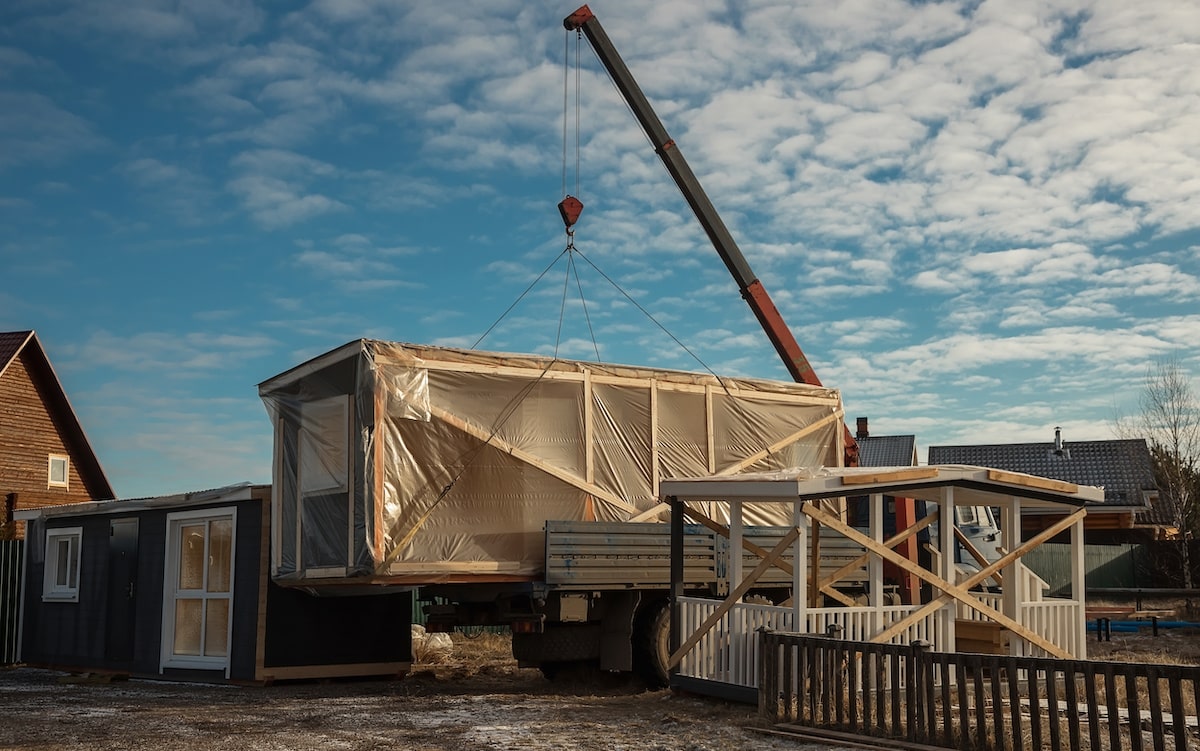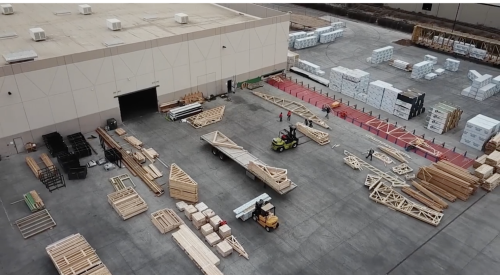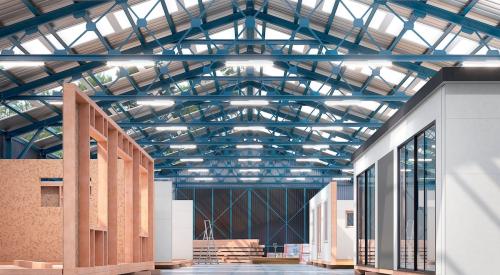The U.S. currently faces a deficit of 1.5 million homes, with low-income households bearing the brunt of these supply shortages. Lack of supply and persistently high prices are pushing prospective buyers to the sidelines, and the housing market is sorely in need of affordable pathways to homeownership. According to The Seattle Times, off-site construction offers a solution.
Off-site construction can deliver new residential projects 20% to 50% faster than traditional methods at a cost savings of up to 20%, and with the support of government investments, prefabricated housing is becoming a viable option for homebuyers at every price point.
Numerous government and industry organizations have identified off-site construction as a key housing affordability strategy. President Joe Biden recently recognized this opportunity in the Housing Supply Action Plan while the U.S. Department of Housing and Urban Development, backed by both parties in Congress, is supporting research to help expand its use.
Contrary to the popular notion that energy conservation and lower-cost housing represent a zero-sum game, off-site construction offers significant sustainability benefits alongside its affordability perks. As much as 30% of all building materials delivered to a traditional construction site end up as waste. Through lower wastage rates, off-site projects can further reduce costs and provide embodied carbon savings of up to 45%.













